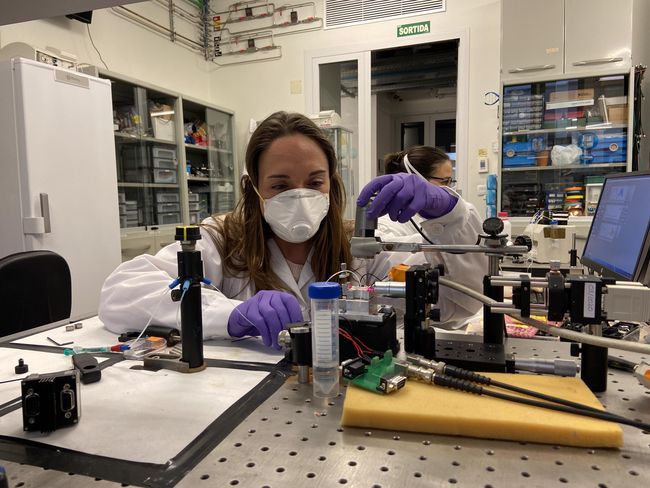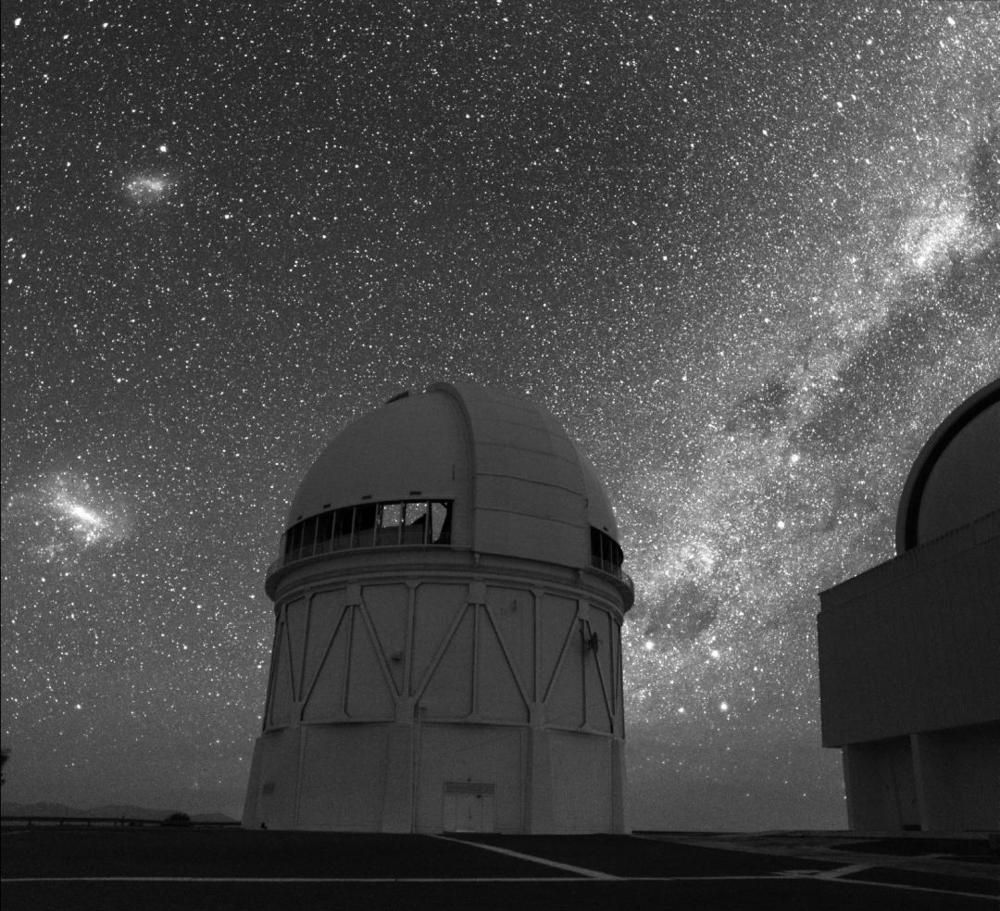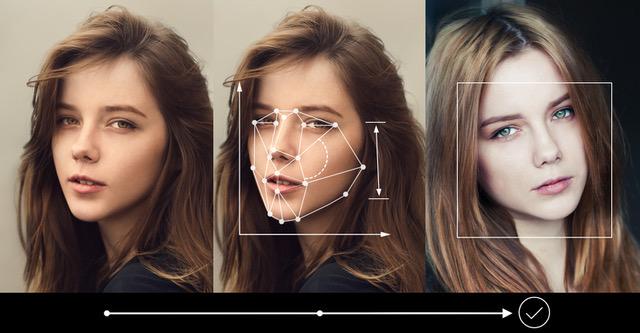O,.o singularity here we come :3.
“It’s extremely exciting to see if it can turn up any algorithms that we haven’t even thought of yet, the impact of which to our daily lives may be enormous,” one computer expert told Newsweek.
O,.o singularity here we come :3.
“It’s extremely exciting to see if it can turn up any algorithms that we haven’t even thought of yet, the impact of which to our daily lives may be enormous,” one computer expert told Newsweek.
The spikes crowning the new coronavirus that causes COVID-19 atypical pneumonia are divulging how they attach, fuse and gain entry to cells. Analysis of the spike architecture and its mechanics is locating the virus’ vulnerabilities, and revealing other information that could prompt the discovery of countermeasures against this virus.
A research team at the University of Washington School of Medicine and Fred Hutchinson Cancer Research Institute uses cryo-electron microscopy and other investigative methods in this effort. They are helping to determine the structure and function of the SARS-CoV-2 spike protein and its chemical binding affinities as these relate to both infection and immune responses, and thereby obtain ideas for blocking the virus’ ingress to cells.
Their multiple findings were published as a preliminary report Feb.20 in bioRxiv, a preprint server for biology. The lead authors are Alexandra C. “Lexi” Walls, a recent postdoctoral fellow, and Young-Jun Park, a research scientist. Both conduct coronavirus studies in the lab of David Veesler, senior author of the report and assistant professor of biochemistry at the UW School of Medicine.

Many Lebanese people are complaining, on social media, that they had a sleepless night on Sunday due to a “weird noise” in the atmosphere.
As a result of these cyber complaints, #weird_plane_noise became the #1 top trending hashtag on Twitter in Lebanon.
At around 11:15 PM last night, the National News Agency reported that an Israeli spy plane was flying heavily over Beirut and its Southern Suburbs.

The devil staircase findings.
April 14 (UPI) — The timing of large, shallow earthquakes across the globe follows a mathematical pattern known as the devil’s staircase, according to a new study of seismic sequences.
Previously, scientists and their models have theorized that earthquake sequences happen periodically or quasi-periodically, following cycles of growing tension and release. Researchers call it the elastic rebound model. In reality, periodic earthquake sequences are surprisingly rare.
Instead, scientists found global earthquake sequences tend to occur in clusters — outbursts of seismic events separated by long but irregular intervals of silence.
A recent Western-led study says two meters might not be far enough away if someone lets an uncovered cough loose in your direction—meaning sneeze and cough etiquette is more than a simple social nicety, but a key to stopping the spread of diseases like COVID-19.
“It’s pretty hard to avoid a cough,” said Mechanical and Materials Engineering professor Eric Savory. “By the time you react, it’s reached you.”
Teaming up with virologists at Sunnybrook Hospital, Savory recently explored cough airflows produced by human subjects naturally infected with seasonal influenza in order to better understand how the environmental conditions affect the physical transmission of the infection.

BRUSSELS, April 14, 2020 — Responding to the European Commission’s call to tackle the coronavirus pandemic, photonics scientists are developing a new, rapid, noninvasive “optical biosensor” demonstrator that will detect COVID-19 in humans as soon as it is present in the body. Having already created six working laboratory demonstrators for other applications, the research team said the technology still needs further adaptation and testing but could be available in a year at the latest.



For guidance in this time of uncertainty, we spoke with five expert preppers about what they’re doing to ride out the pandemic, how they’ll be ready for whatever comes next—and how you can be too.
Long lines outside grocery stores. Aisles stripped of canned food, toilet paper, and hand sanitizer. A fast-moving pandemic disease that, as of last week, was infecting more than 30,000 people every day.
Just a month ago, such a situation was unimaginable for most of us. But for disaster preppers, it’s precisely the scenario they’re determined to be ready for.
“I’m from a very old Appalachian family. Even before the word ‘prepper’ was a term, we were always putting back stuff and being ready in case we couldn’t go to the store,” says Samantha Biggers, who hardly fits the stereotype seen in TV shows like Doomsday Preppers. Biggers is a tattooed, 36-year-old farmer in North Carolina who brews her own beer and shears her own sheep. That’s a far cry from a wild-eyed paramilitary man living off-grid in a bunker designed to weather an EMP blast.

When we think of human trafficking, we often think about the despondent faces of women and children who live in slums all over the world. What if human trafficking is much closer to home than we think? In 2019, Markie Dell, stood on the TEDx stage to recount her experience of being a domestic human trafficking victim. She was an awkward teenager who was groomed by a girl that she befriended at a birthday party. She was subsequently kidnapped, drugged, sexually violated, intimidated at gunpoint into dancing in strip clubs for an entire year.
She didn’t know that she was a human trafficking victim until a police officer handed her a book called, “Pimpology”. Then, she knew that she was being human trafficked.
According to the Polaris Project, most human trafficking victims are trafficked by their romantic partners, spouses, family members, including parents. In the U.S., in 2018, there were 23,078 survivors identified and 10,949 cases of human trafficking. Even then, these cases are often drastically underreported.